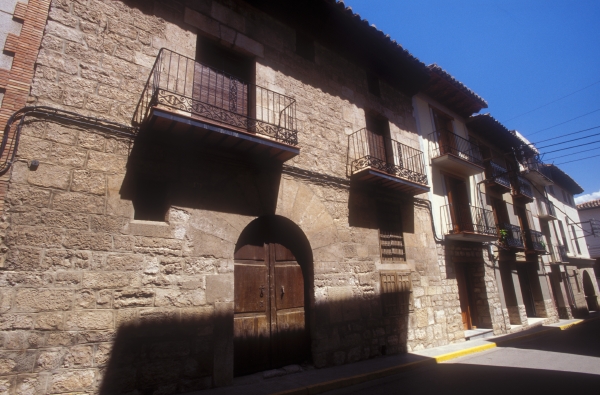
Welcome to Mas de las Matas, a town in the Lower Aragon region, located on the banks of the River Guadalope, 34 kilometres from Alcañiz.
Its name is derived from the mas (farmstead) that belonged to the Mata Family. Records show the existence of a farmstead belonging to two brothers named Mateu and Jayme La Mata in 1460 on the site now occupied by the town.
Many archaeological sites have been excavated in the municipality, which have allowed a clear picture to be formed of the timeline in which different settlers came to the area between the Palaeolithic Period and the Middle Ages.
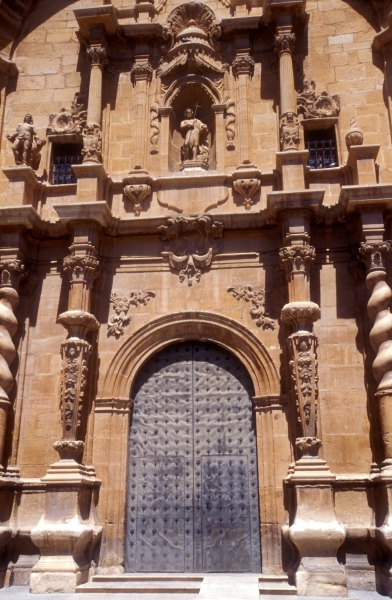 The origin of the town we know today is the settlement of Kamarón (also written Camarón), which was located on the Santa Flora Hill. It received this name in the Middle Ages, but it existed throughout Iberian, Roman and Moorish times. The castle at Kamarón was captured from the Moors in the 12th century by the Christians under King Alfonso II of Aragon and became part of the Commandery of Castellote, which was administered by the Knights Templar and later by the Knights Hopsitaller.
The origin of the town we know today is the settlement of Kamarón (also written Camarón), which was located on the Santa Flora Hill. It received this name in the Middle Ages, but it existed throughout Iberian, Roman and Moorish times. The castle at Kamarón was captured from the Moors in the 12th century by the Christians under King Alfonso II of Aragon and became part of the Commandery of Castellote, which was administered by the Knights Templar and later by the Knights Hopsitaller.
Mas de las Matas was not considered a town until the 16th century and depended on La Ginebrosa until it gained its autonomy through a treaty in 1611. Two other events of importance took place in the town. The first was when General Espartero set up his headquarters in the the town in 1839 during the First Carlist War. The second was the revolutionary experience of collectivisation implemented by the anarchists in the Lower Aragon region during the Spanish Civil War. At its peak, during the 18th century, the most emblematic edifice was built in the town, the church of La Degollación de San Juan Bautista. This Baroque-style church has a nave, with a barrel vault, and two aisles of equal height, covered by groin vaults, with a dome at the crossing. The decoration inside the church is simple as a result of the rebuilding work carried out after it was burnt during the civil war. The magnificent doorway, flanked by Solomonic columns, and its grandiose tower built of brick and rising over sixty-four metres in height, complete the description of this beautiful church. The town's religious heritage is completed by its chapel of Santa Flora, dating from the early 18th century, where a vantage point offering magnificent views has recently been created. It can be accessed via the Calvario (Mount Calvary procession route). Unfortunately, the chapel of Santa Bárbara is in ruins.
The town of Mas de las Matas is home to buildings of great interest, such as the town hall, dating from the mid-17th century, above the space that housed the old market, built in stone with semicircular arches on the ground floor, and a long balcony running along the upper storey. Also worthy of mention are Casa Zárate, originally the house of Father Diego Sanz, built in the 17th century, and Casa Feliú, dating from the 18th century. The latter houses the Mas de las Matas Museum, a branch of Dinópolis, created by the Grupo de Estudios Masinos, where collections of archaeology and fine arts are exhibited.
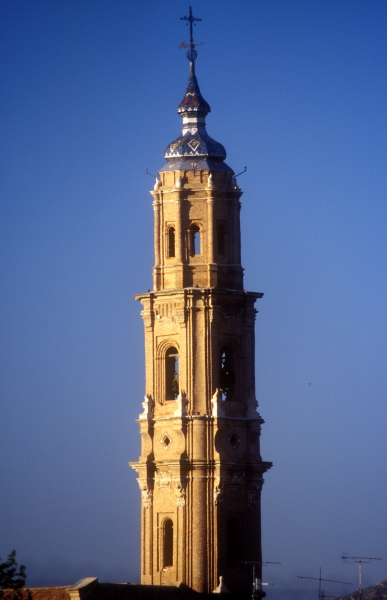
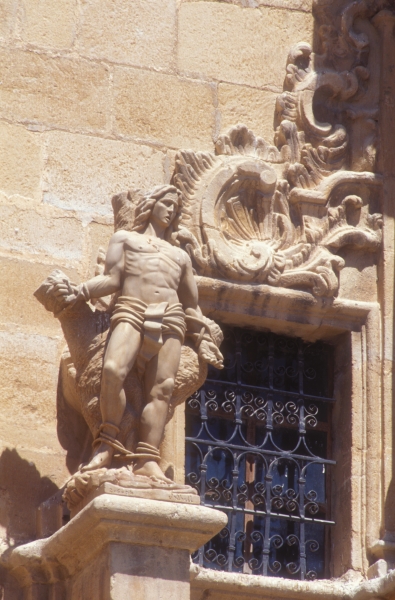
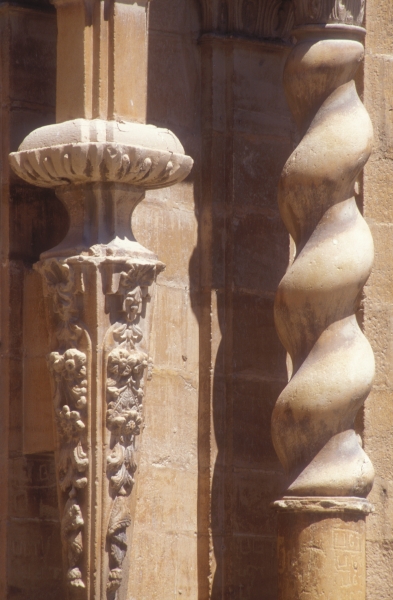
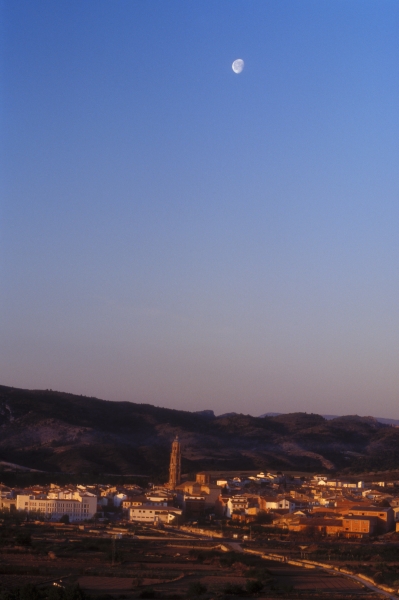
Finally, mention should also be made of the examples of hydraulic engineering in the town, which started with the irrigation system built by the Moors in the 8th century that crosses the town. The Acequia Mayor, an important water channel, was built in the 18th century to feed the numerous wash houses found in the streets of the town, such as the Las Lunas and El Brazal wash houses. The flour mill, now restored, is a must for visitors to Mas de las Matas, and is an example of the transition from traditional to industrial milling systems.
Ever since 2004, for two days, Mas de las Matas returns to its 17th or 18th-century past, depending on the period chosen to be recreated, studied and discovered. Hence, in 2004, 2005, 2006 and 2007, it was the 17th century, and in the first three editions 1661 was chosen as it was the moment when Commander Ramón de Perellós y Rocafull took possession of the town. He would later rise to become the Grand Master of the Order of Malta (Knights Hospitaller) in 1697. In 2008 and 2009, the commander chosen for the recreation was Silverio Dolz y Español, who took control of this commandery in 1707. In the 18th century, with the Bourbons on the Spanish throne, it was Manuel de Sada y Antillón who took possession of the commandery in 1732 who governed until his death 32 years later. This commander achieved positions of great importance throughout his life, but it was also a period of great importance for our town, owing to what our ancestors managed to achieve, such as building the church, the flour mill, a new ratification of the treaty of autonomy, etc. events that were not free from tension and conflict with the commander himself.
The theme of the recreation, which is based on documented historical events, changes from one year to another. Depictions have been made of the taking of possession, or the silk dispute. In 2011 the commemoration deals with the 400th anniversary of the signing of the treaty between La Ginebrosa, Aguaviva and Mas de las Matas, culminating a year of activities shared by the three towns. The dramatisation of the signing was interpreted by actors from the three localities, having already been performed in La Ginebrosa and Aguaviva at a date close to the actual date of signing in 1611, 16–17 August.
The festival has been evolving year after year, with the intention of introducing acts or activities that are appealing, educational and respectful with the time that is to be recreated. There have been workshops on the calligraphy of the period, minting, flag bearer and falconry shows, exhibitions on the militias, etc.
The music and songs of those centuries has been given pride of place since the very beginning. Every year the cultural activity of the Return of the Commander Weekend begins with a recital of songs or music from the period in the church on the Friday night, and the High Mass on Sunday has always been sung, with a repertoire of sacred music that is continuously being renewed. In 2010 a new milestone was reached with the première of a commemorative mass especially dedicated to the event. The Mass of the Commander, was composed by Father Jesús Marúia Muneta, recorded for the edition by the Polifónica Alcañizana choir, conducted by Jesús Ponz. Both the market and the dinner in honour of the commander with all participants dressed in period costume are accompanied by music of the period, pre-recorded or live, and folk music is guaranteed by the presence of the local group Dulzaineros El Relicario.
A Market from the Golden Age with stalls selling traditional crafts, show taverns, exhibition of old farm equipment, and the recreation by residents of farming scenes or scenes from everyday life, traditional soap-making, washing with ashes, together with different street performers. There has been no year without gatherings of giants and bagpipes, on exchanges with the local group La Pasma, fencing masters from the Asociación Española de Esgrima Antigua, who have been faithful to the event since its inception, and horses from equestrian associations from Alcorisa and Alcañiz. These and other activities that recreate the period serve to reinforce the celebration of an event that recreated the arrival of a new commander, which for their contemporaries was imbued with respect and admiration, and already at the time with a hint of conflict, which is currently recreated by the blind man with his critical and satirical romances as he wanders around the town all weekend. Download 2015 programme
More information about the town:
RECOMMENDED LINKS
For more information on the cultural heritage of Mas de las Matas




